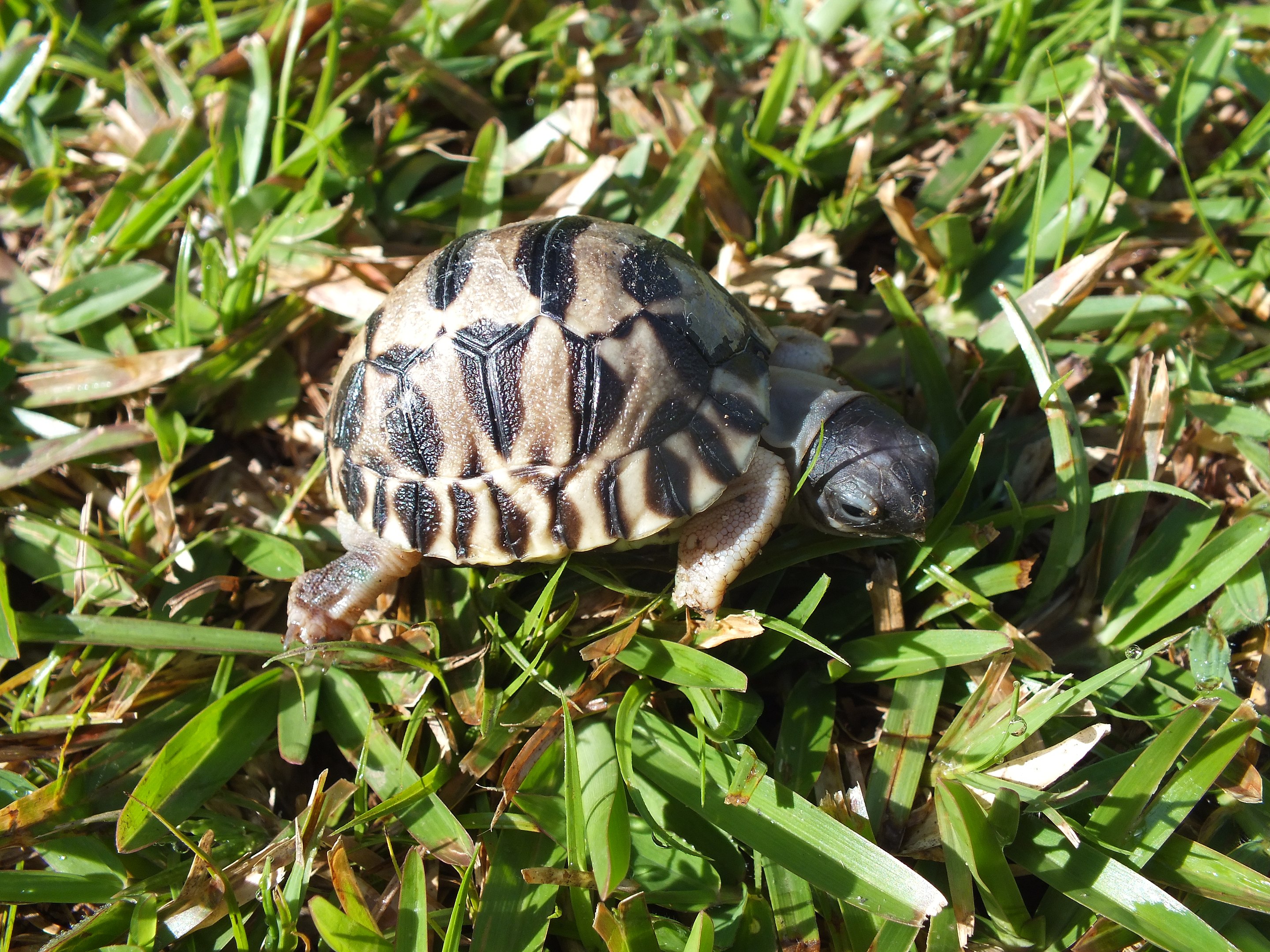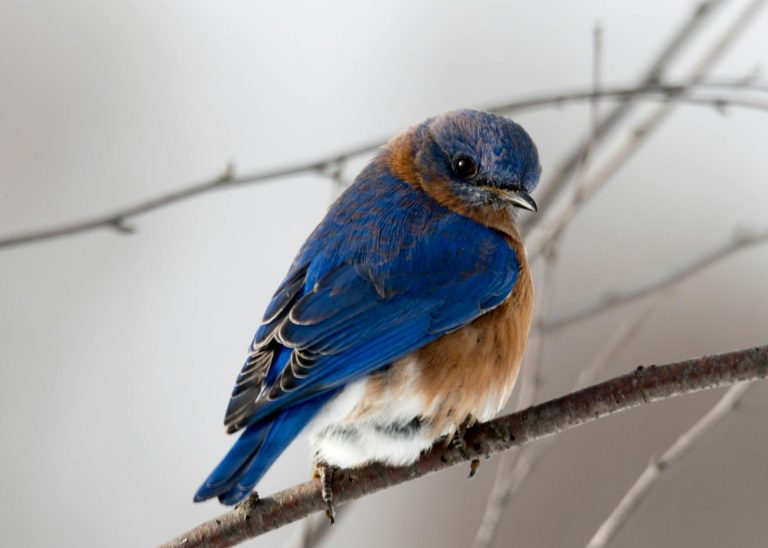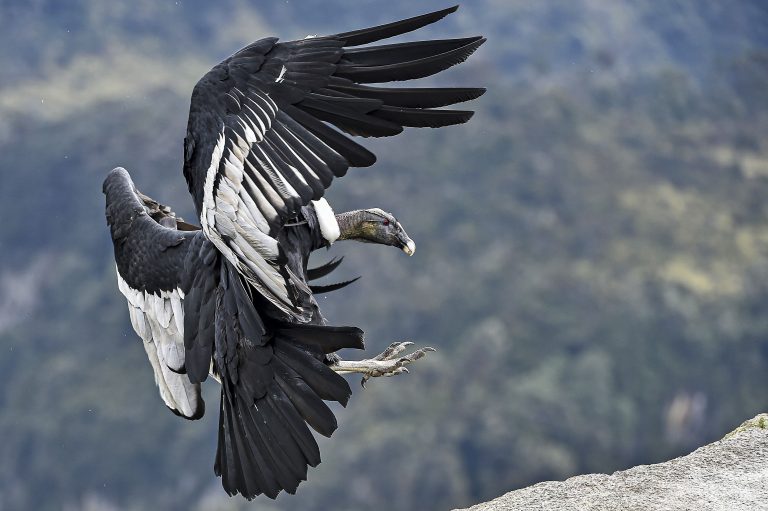A 90-year-old tortoise at the Houston Zoo became the father of three young hatchlings on March 16, something that seemed almost impossible under the circumstances. The hatchlings are part of a new generation of endangered radiated tortoises; rare reptiles threatened by poaching, exploitation and habitat loss.
Papa Pickles
The Houston Zoo announced that the tiny tortoises — fathered by the elderly Mr. Pickles — were given the names of Dill, Gherkin and Jalapeno, in keeping with the Pickle family name.
Mr. Pickles’ partner, 53-year-old Mrs. Pickles, has been living in the Houston Zoo with him for 36 years. Mr. Pickles was born in the 1930s, moving to his current home in the 1980s. As tortoises don’t reproduce often, the couple only had one other hatchling in 1997, the zoo said.
According to Jessica Reyes, spokeswoman for the Houston Zoo, it is unknown how long these reptiles can reproduce during their impressive lifespan of around 150 years.
The birth of the hatchlings came to be known as a “big dill,” given the miraculous circumstances surrounding said birth. The Houston soil is not hospitable for these tortoises from Madagascar, and has neither the correct temperature nor humidity for their eggs to survive and hatch out.
Success
You are now signed up for our newsletter
Success
Check your email to complete sign up
But thanks to the timely intervention of a herpetology keeper, who happened upon Mrs. Pickles laying her eggs as the zoo closed up and removed them to the Reptile & Amphibian House, the eggs could be carefully monitored throughout their incubation period. Five months of a cooler environment to match their native habitat allowed all three eggs to hatch.
“If you don’t see the female actually digging a hole and laying the eggs, it can very easily be missed,” Jon Rold, supervisor of herpetology and entomology at the Houston Zoo, said, adding that finding the three eggs was a stroke of luck.
“And if it is missed and the eggs don’t get in the proper setup soon enough, they just won’t develop.”
For now, Dill, Gherkin and Jalapeno will remain behind closed doors in the Reptile & Amphibian House until they’re old enough to be with their parents, the zoo announced.
READ MORE:
- 3 Touching Tales of Animals With Big Hearts
- The Lizard Guys: Educating NJ With Rescued Reptilian Pets
- The Fascinating Process Behind the Beauty of Natural Fibers – Part III: Cotton
Radiating danger
Mr. Pickles and his family are among a diminishing number of radiated tortoises in the world. These Madagascar natives are named for the brilliantly-patterned shells, featuring golden rays decorating each black plate.
The radiated tortoise can grow to 16 inches in shell-length and can weigh up to 35 pounds. In their native habitat in the southern reaches of Madagascar, they prefer to live in dry regions of brush or thorn forests. They often graze for food, feeding primarily on grasses, though their favorite meal is the Opuntia cactus.

The males first mate when they’re about 12 inches long, with the females needing to be a few inches longer. The females lay from three to 12 eggs in a hole six to eight inches deep before leaving them. It takes about five to eight months for the eggs to incubate.
Sadly, the radiated tortoise is one of the most endangered species of tortoise in the world, being classified as Critically Endangered by the International Union for Conservation of Nature (IUCN).
It is currently unknown how many radiated tortoises remain in the wild, as the reptiles are in high demand for their beautiful starry shells, which can fetch 100 on the black market. In Asia, they are often consumed as a delicacy with aphrodisiac properties, and are thus presented as wedding gifts.
In 2018, around 10,000 tortoises were found in a home in Madagascar by authorities, believed to be targets for smugglers, according to the National Geographic.
Efforts to help save the tortoise and its environment include the Turtle Rescue Alliance, as well as the Houston Zoo and its patrons providing funds for their partners in Madagascar to replant the habitat.







